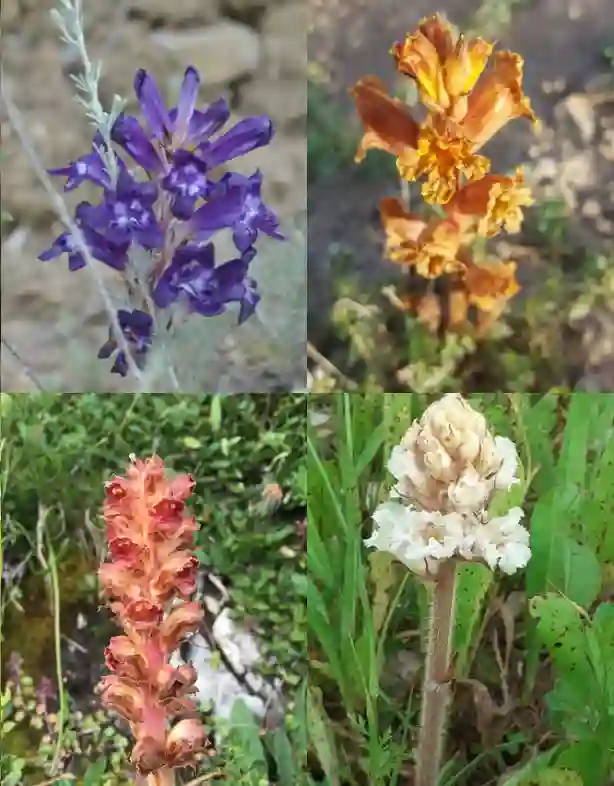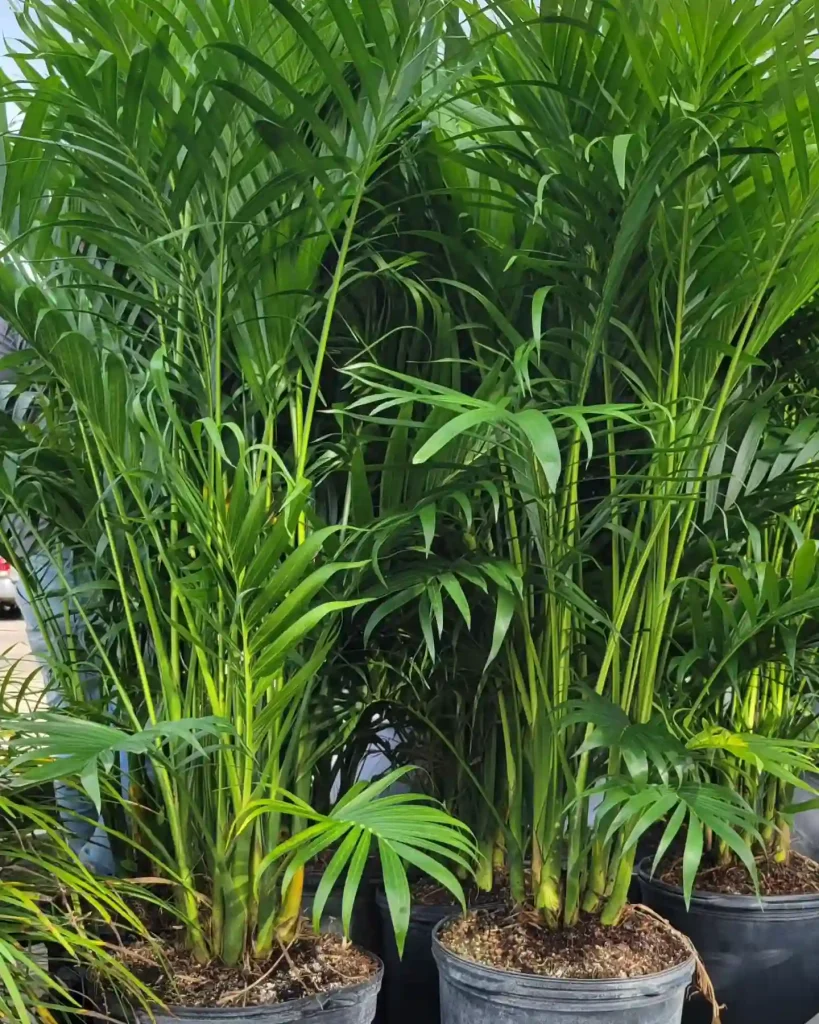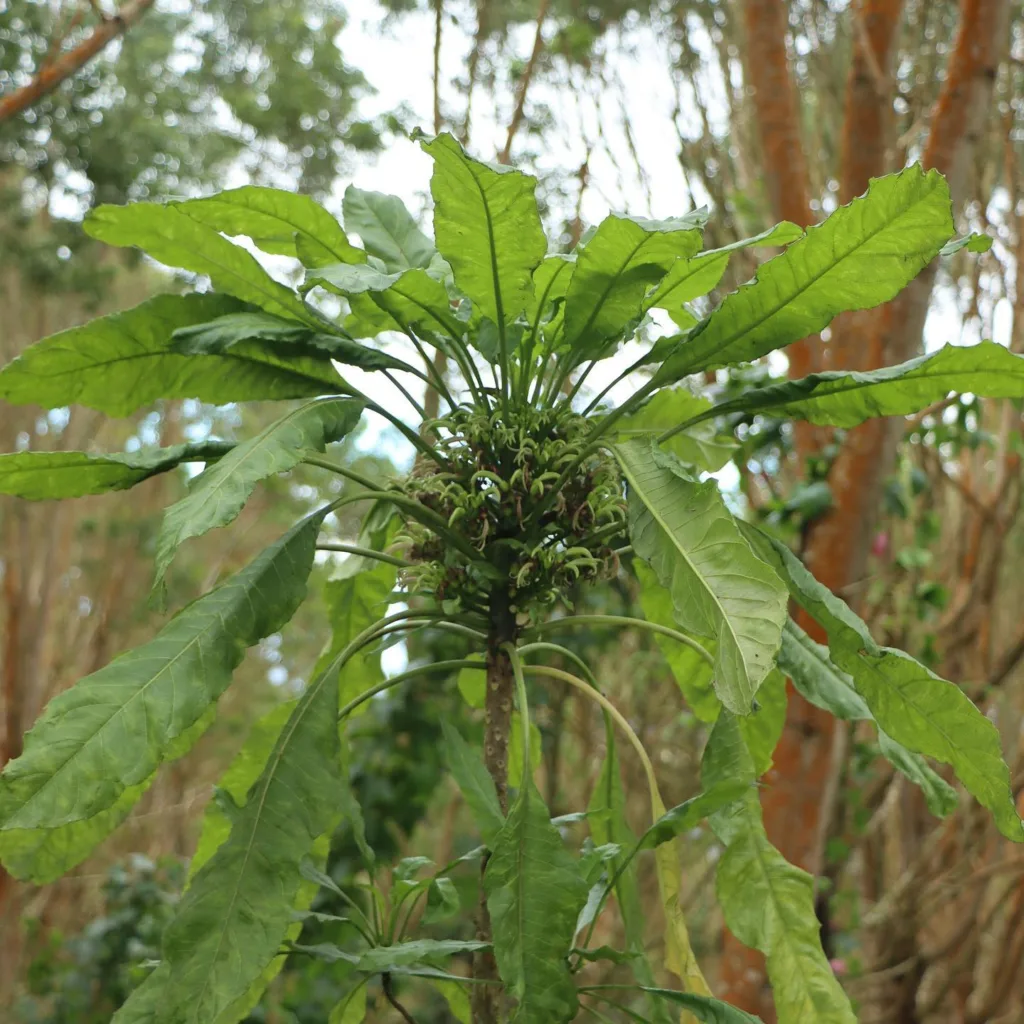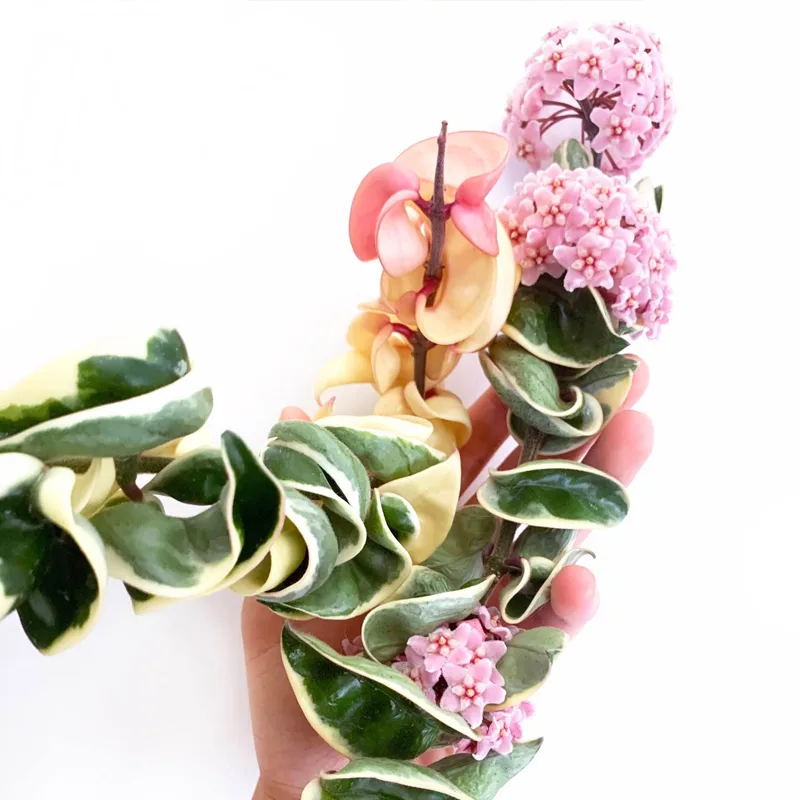FAQs About Adenostoma Fasciculatum
When I first encountered Adenostoma Fasciculatum, I found myself intrigued by its unique characteristics and growing requirements. This plant, commonly known as Red Shank or Chamise, is native to the chaparral regions of California and northern Mexico. Here’s a comprehensive guide to answering some frequently asked questions about Adenostoma Fasciculatum based on my personal experiences.
What is Adenostoma Fasciculatum?
Adenostoma Fasciculatum is a hardy, evergreen shrub that thrives in arid environments. It belongs to the Rosaceae family and is known for its dense, needle-like foliage and clusters of small, white flowers. This plant is well-suited for xeriscaping due to its drought tolerance and is often found in dry, rocky soils.
Plant Family: 115 Genera Rosaceae – Rose Family
How to Care for Adenostoma Fasciculatum?
Caring for Adenostoma Fasciculatum involves a few key considerations:
- Soil: It prefers well-draining soil, typically sandy or rocky. Avoid heavy, clayey soils that retain too much moisture.
- Watering: This plant is highly drought-tolerant. Water it sparingly, especially during the cooler months. Overwatering can lead to root rot.
- Sunlight: Adenostoma Fasciculatum thrives in full sun. Ensure it gets at least 6-8 hours of direct sunlight daily.
- Temperature: It can withstand high temperatures and occasional frost but performs best in warmer climates.
- Pruning: Regular pruning helps maintain its shape and remove any dead or damaged branches.
How to Propagate Adenostoma Fasciculatum?
Propagating Adenostoma Fasciculatum can be done through seed or cuttings:
- Seeds: Collect seeds from mature plants and sow them in well-draining soil. Keep the soil moist but not waterlogged, and provide ample sunlight. Seeds usually germinate within a few weeks.
- Cuttings: Take semi-hardwood cuttings from the plant, preferably during the spring or summer. Dip the cut end in rooting hormone and plant it in a pot with a mix of sand and peat. Keep the cuttings in a warm, sunny location and maintain soil moisture.
What to Plant With Adenostoma Fasciculatum?
Adenostoma Fasciculatum pairs well with other drought-tolerant and low-maintenance plants. Consider combining it with:
- California Lilac (Ceanothus): Offers a striking contrast with its vibrant blue flowers.
- Manzanita (Arctostaphylos): Its smooth bark and attractive foliage complement Adenostoma Fasciculatum well.
- Sage (Salvia): Provides a burst of color and is also adapted to dry conditions.
Is Adenostoma Fasciculatum Toxic?
Adenostoma Fasciculatum is not considered toxic to humans or pets. However, as with any plant, it’s best to avoid ingestion. Its dense foliage can be a bit prickly, so handle it with care.
Benefits of Adenostoma Fasciculatum
Adenostoma Fasciculatum offers several benefits:
- Drought Tolerance: Ideal for water-wise gardens.
- Low Maintenance: Requires minimal care once established.
- Habitat: Provides shelter and food for local wildlife, including birds and insects.
- Erosion Control: Its root system helps stabilize soil on slopes.
Common Problems with Adenostoma Fasciculatum
While generally robust, Adenostoma Fasciculatum can face a few issues:
- Root Rot: Occurs if planted in poorly-draining soil or overwatered.
- Pests: Though rare, watch out for scale insects or spider mites.
- Fungal Diseases: Ensure proper spacing and airflow to prevent mold or mildew.
Comparing Adenostoma Fasciculatum with Similar Plants
- Manzanita (Arctostaphylos): While both are drought-tolerant shrubs, Manzanita typically has smoother, reddish bark and different flower types.
- Ceanothus (California Lilac): Ceanothus offers a more diverse range of flower colors and tends to be more adaptable to different soil types compared to Adenostoma Fasciculatum.
Adenostoma Fasciculatum is a versatile and resilient plant that, with the right care, can enhance any drought-tolerant garden. Its unique features and adaptability make it a valuable addition to landscapes where water conservation is a priority.
If i die, water my plants!



